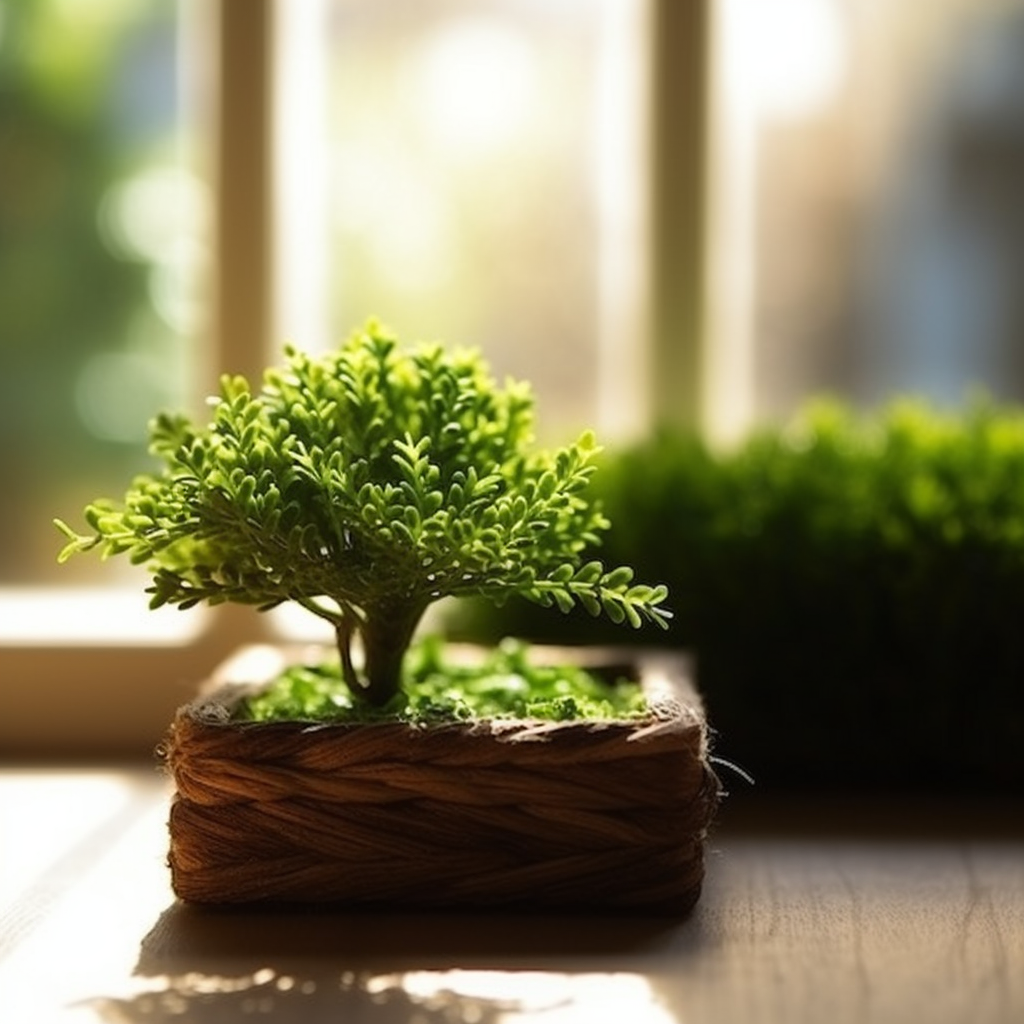Story of Day :
Contents
The Complete Guide and Care Tips for Your Boxwood Plant
Boxwood plants are a staple of many gardens, providing year-round greenery and structure to your outdoor space. However, they can be tricky to care for if you don’t know what you’re doing. In this guide, we’ll take a deep dive into everything you need to know about boxwood plants, from planting and pruning to pest control and disease prevention.
Planting Your Boxwood Plant
The first step in caring for your boxwood plant is getting it off to a good start with proper planting techniques. Here are some things to keep in mind:
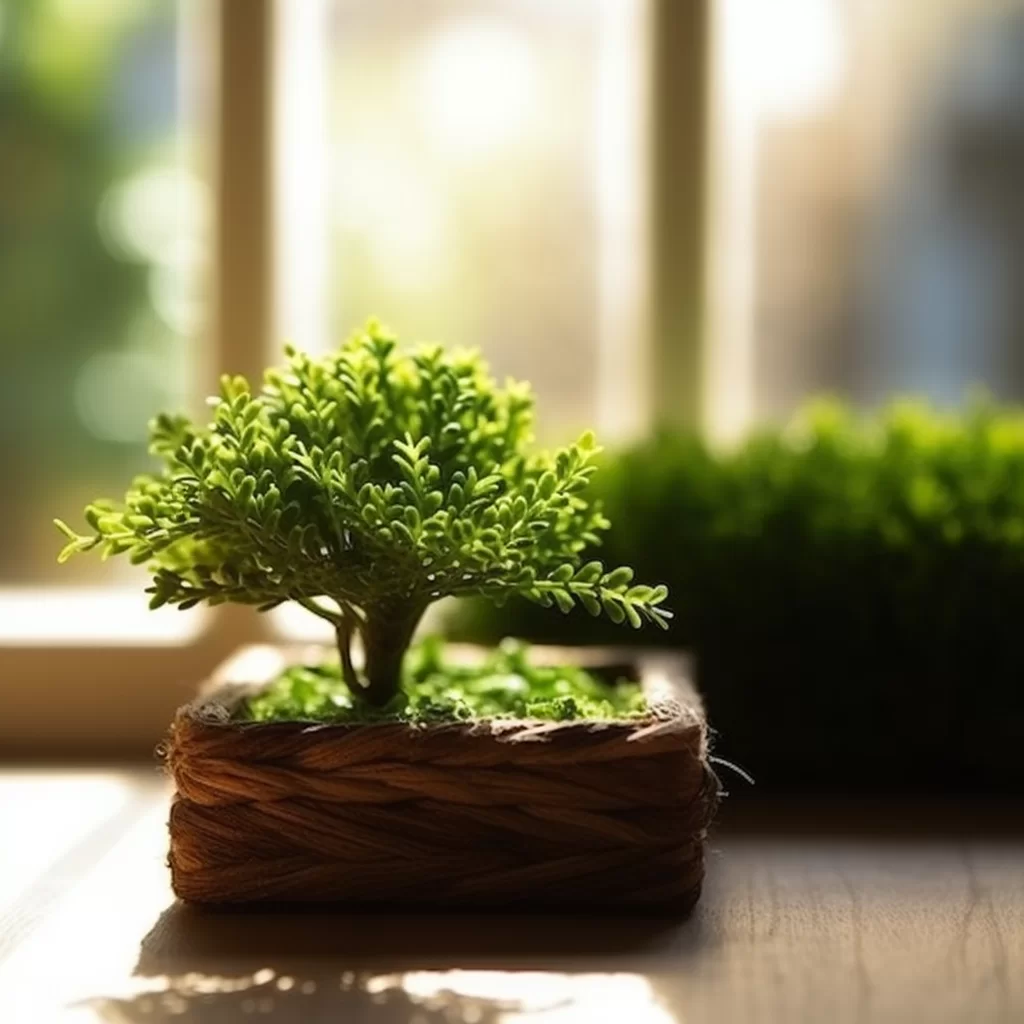
- Choose the Right Location: Boxwoods prefer partial shade or full sun and well-drained soil. They do best in zones 5-8.
- Prepare the Soil: Work some compost or other organic matter into the soil before planting to help retain moisture.
- Plant at the Right Time: The best time to plant boxwoods is in early spring or fall when temperatures are mild.
- Give Them Space: Make sure each plant has enough space around it – usually about two feet apart – so that they can grow properly without competing with each other.
Caring for Your Boxwood Plant
Caring for your boxwoods involves regular maintenance tasks like watering, fertilizing, pruning, pest control measures as well as disease prevention techniques. Let’s take a closer look at each of these tasks:
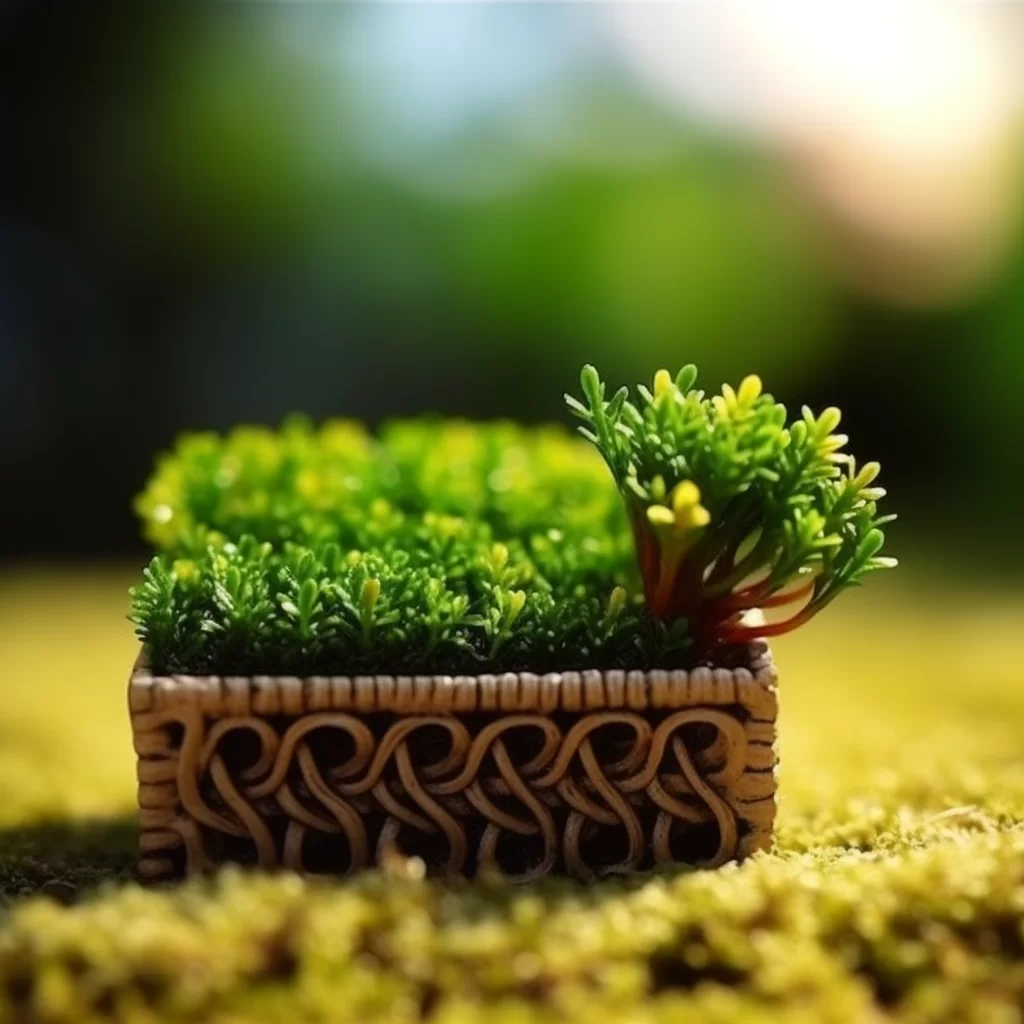
A) Watering Your Boxwood Plant
- Frequent light watering :You should water frequently but lightly because too much water can lead to root rot. During the hot season, you will need to water more frequently than when it’s cool or rainy.
- The right timing: Watering your boxwood plant in the morning would be best since there is a higher chance of evaporation later in the day.
- Check for soil moisture: Check if the soil around your plant feels dry before watering it. A simple test on how frequent to water is by digging a few inches into the ground near your boxwood and checking how moist it feels. If still moist, then wait another day while watering until you feel that its roots are getting enough hydration
B) Fertilizing Your Boxwood Plant
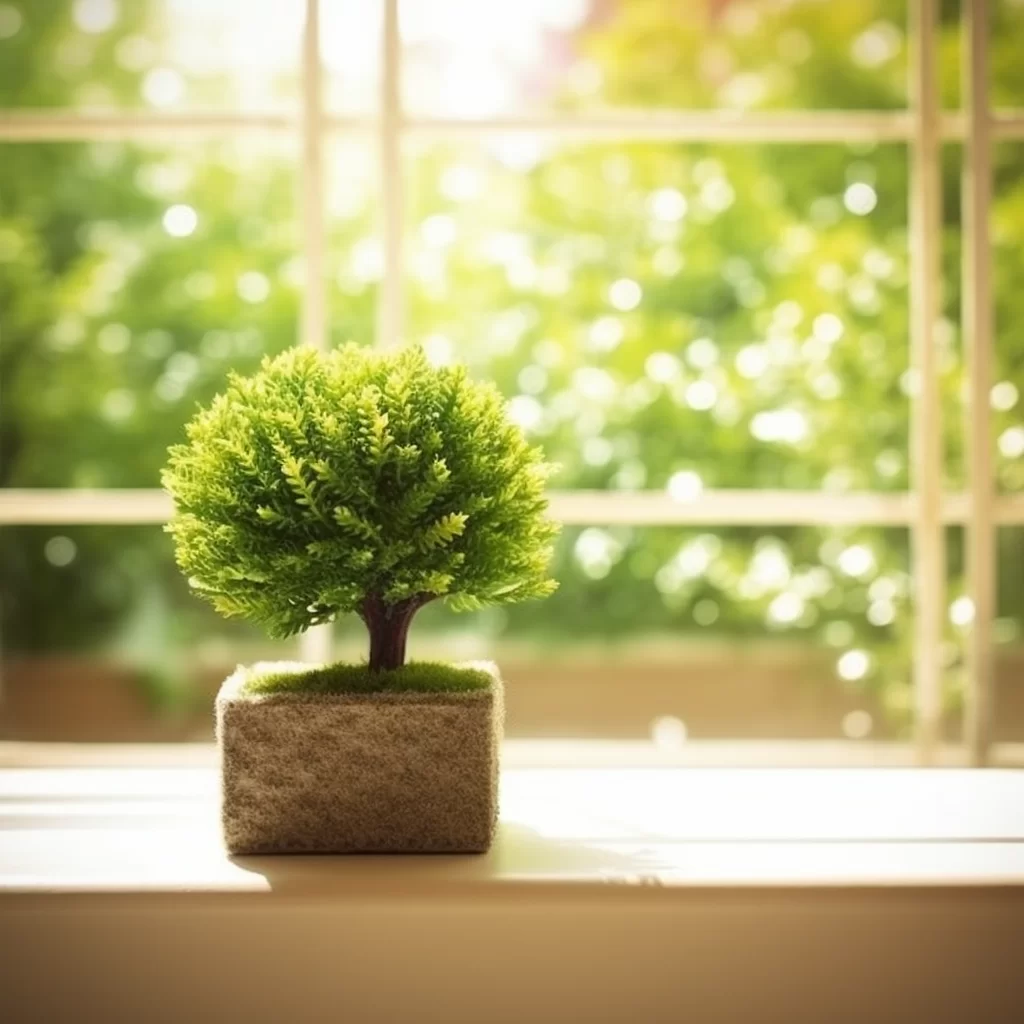
- Pick slow-release fertilizer :Your boxwoods will benefit from an occasional dose of fertilizer which should have high nitrogen content because this nutrient promotes leafy growth and green coloration in plants .Avoid using fast-acting fertilizers as they can burn your plants’ roots and foliage.
- The right timing:Fertilizer should only be applied twice per year: one during early spring and another during late summer or fall season for better results; when shoots have developed but not yet too big that they’ll break easily from wind or rain damage.
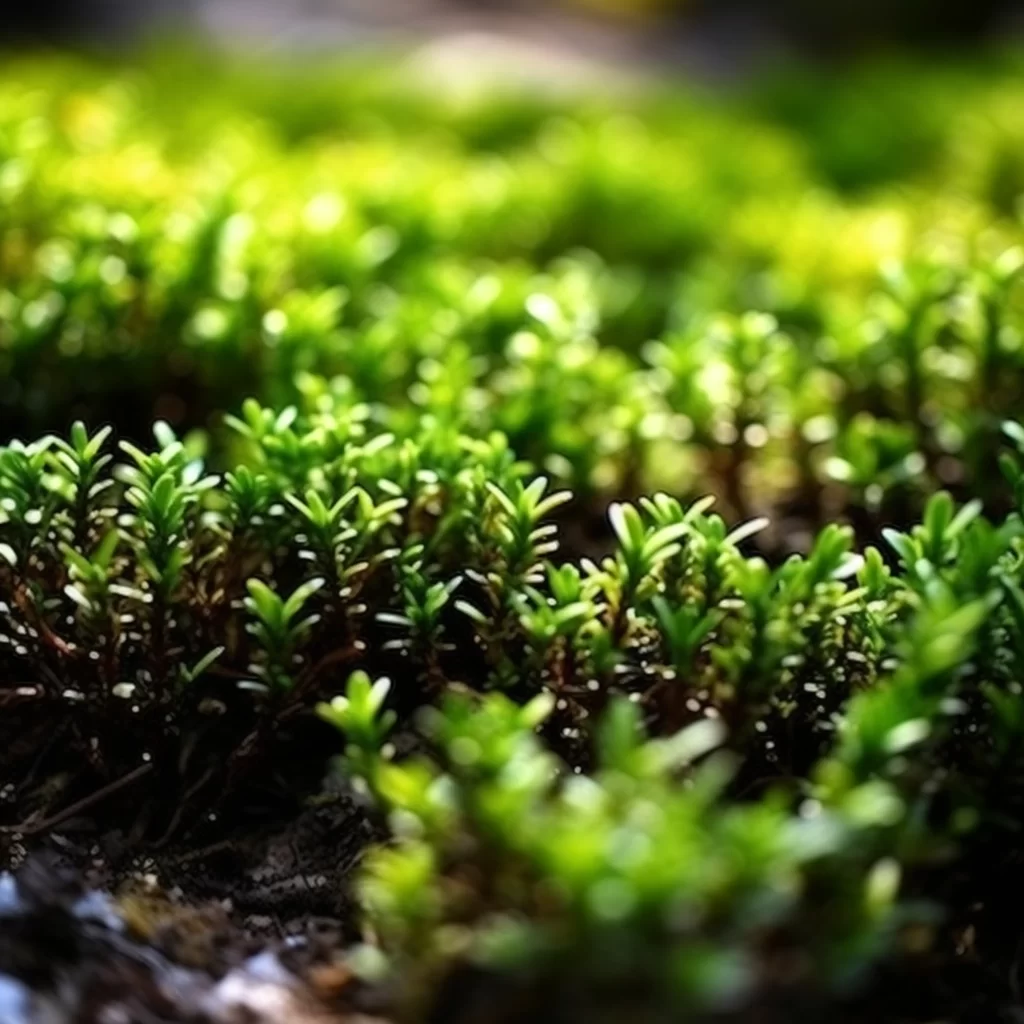
C) Pruning Your Boxwood Plant
- Timing Matters: Generally, pruning should be done annually in late winter/early spring before new growth begins.
- Maintain Shape: Trim back any branches that grow beyond your desired shape using sharp shears.This helps maintain their form and keep them looking neat.
- Avoid Overpruning:If you prune too much, it can damage the plant by exposing its wood to too much sunlight. This can cause leaves to turn yellow or brown and eventually fall off.
D) Pest Control Measures
- Look for Signs: Check your boxwoods regularly for signs of pests like leaf spot, mites, and psyllids which are common threats.
- Clean Up Debris: Keep the area around your plants clean and free of debris to reduce the risk of attracting pests.
- Treat as Needed:If you do find pest problems, treat them with insecticides or fungicides formulated specifically for boxwoods.
Disease Prevention Techniques
Boxwood plants are at risk from a number of diseases like root rot and blight. Here’s how you can prevent these issues before they start:
- Avoid overwatering :The most common cause of boxwood disease is overwatering. Make sure to only water when necessary- don’t let water pool around the base of your plant as this will promote fungal growth causing root rot or bark decay.
- Clean garden tools :Clean all garden tools with a solution containing bleach before using them again on another plant. This prevents disease spores from spreading between plants in different locations in your garden area quickly.You should also avoid letting any infected foliage sit on top soil after pruning because it will emit spores for future infestations that may arise soon afterward.`
In Conclusion
There you have it – everything you need to know about caring for your boxwood plant! By following these tips, you’ll be able to keep your plants thriving and looking their best all year round. Remember to water and fertilize at the right time, prune effectively, and prevent pests and diseases by maintaining good garden hygiene practices. With a little effort, you can enjoy the beauty of your boxwoods for years to come.
